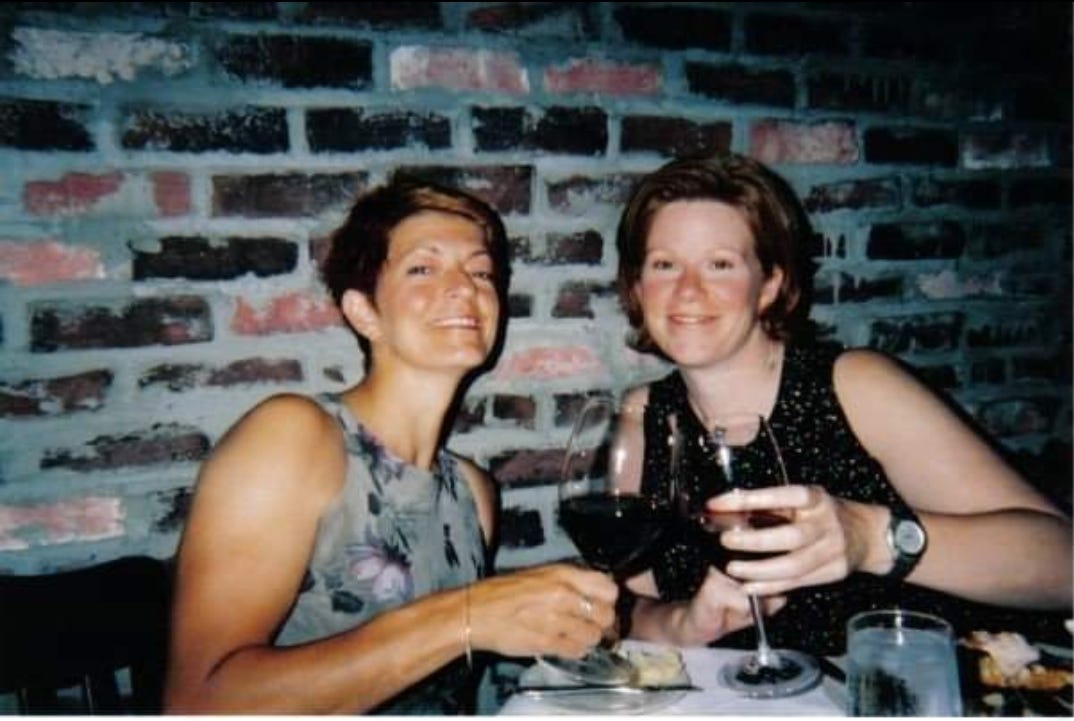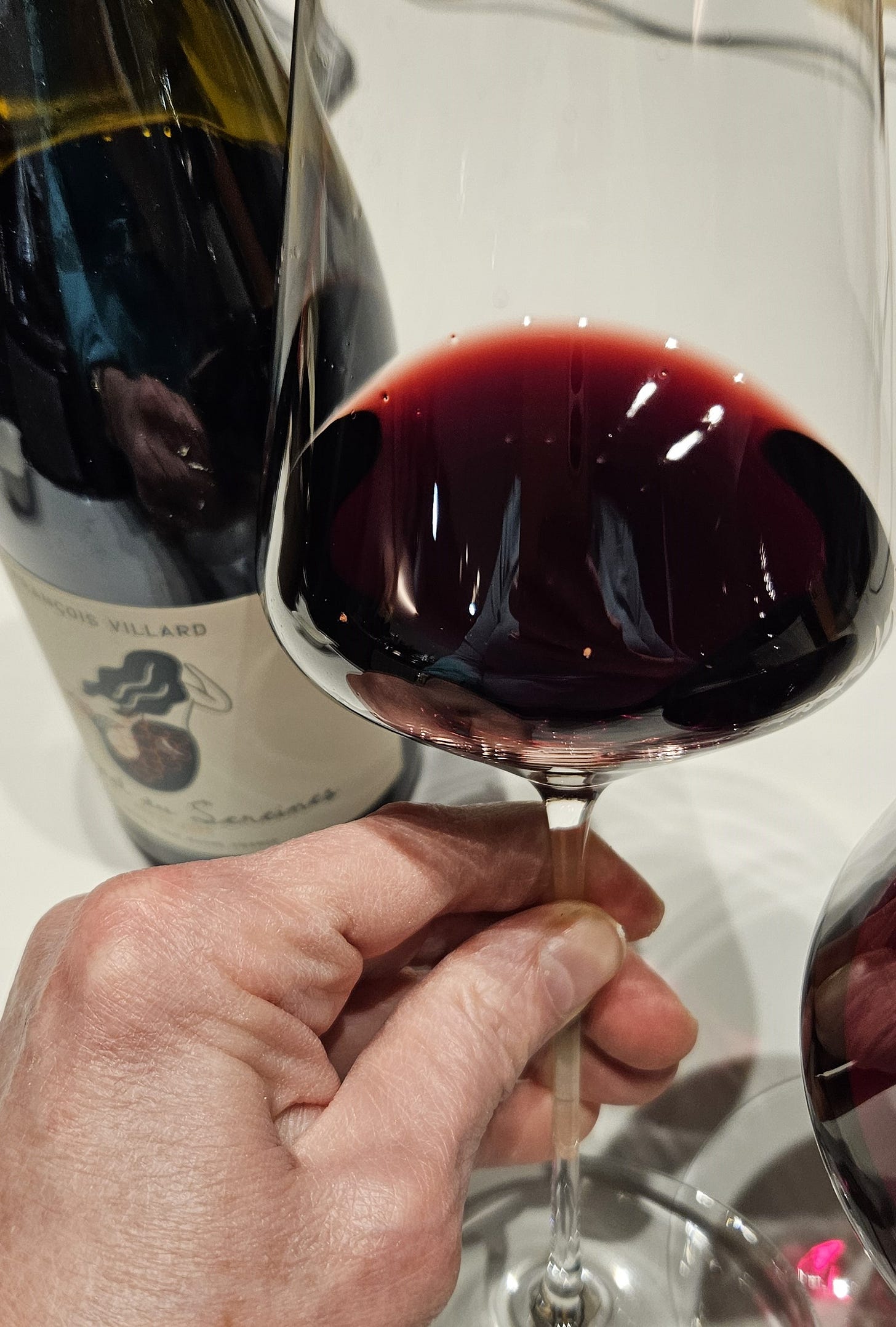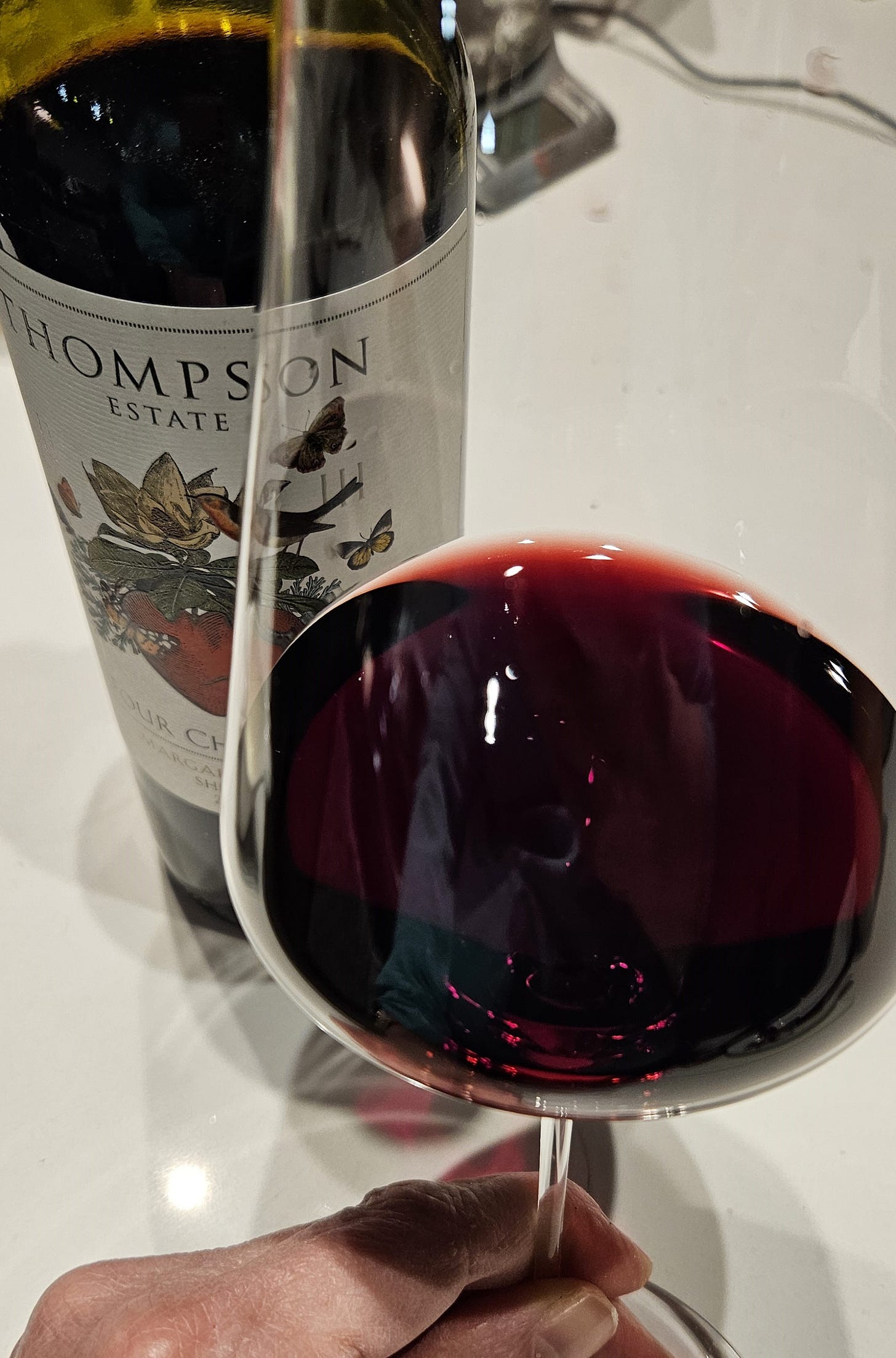Almost two years ago, my dear friend and fellow “Red Wine Lady,” Hilary, joined me on the podcast where we did a review of two different grapes from four different regions (Season 2, Episodes 18-20.) You can go back and listen to those episodes here, here, and here.
The purpose of that exercise – besides trying a bunch of different wines and talking about them – was to see the difference between wines made with the same grape that’s grown in a different region. In that experiment, Hilary chose Merlot from France and California, and I chose Cabernet Sauvignon from Australia and Chile.
When I hear people say that they don’t like a particular grape varietal (I’m looking at you, Chardonnay haters) I often think that if they were to simply try a wine made with that grape grown in a different location and made in a different style, that they might re-think their opinion on said grape. Here’s a suggestion for those of you who shun Chardonnay: try Chablis, or an unoaked Chard from a cool climate like Ontario. You’re going to have a vastly different experience of that grape than if the only thing you’ve tried in the past is a heavily oaked California Chardonnay.
OK, I’ll get off my soap box now…
This week, I’m introducing you to the concept of a “horizontal tasting.” These can be done in a few different ways:
Same grape from different producers in the same region
Same grape from the same producer who has sourced grapes from different regions
Same grape from two different regions in the same country
or, what I’m doing this week…
Same grape from two different countries!
There are other ways of doing it, but you get the picture - keep the grape(s) the same. In the first scenario, you’ll get a sense of how two different winemakers have chosen to express the grape in their winemaking. Fermenting and aging in stainless steel, oak, concrete – or a combination of these – will produce wines with a different appearance, nose and flavour profile. There might also be differences due to micro-climates within the region where the grapes are grown.
In the second scenario, all of the above factors will play a role, but we’re also looking at the choices that one individual winemaker might make based on their experience with grapes from those regions, and the style of wine they like to make.
The third scenario is interesting, especially in large and geographically diverse countries like Canada and the United States. A Pinot Noir grown and produced in California vs. Oregon, or British Columbia vs. Ontario are going to taste vastly different. Even a smaller country like France will have climate, soil and topographical differences across the country, which will impact how the grapes are grown, how ripe they get, when they’re harvested, etc. – which all ultimately impact the finished product.
As with the third scenario above, the final scenario will usually yield the biggest differences in the expression of the grape as finished wine in the bottle. And that’s the option I’ve chosen for this week’s experiment.
The grape I chose is Syrah/Shiraz. Typically, it’s known as Syrah in every country other than Australia, where it is called Shiraz. It’s a very dark-skinned grape with high tannins and high acidity, with flavours of blackberry, dark chocolate, and spices. In warmer climates, it can also express flavours of licorice and cloves, and in cooler climates mint, eucalyptus, and black pepper. It produces a dry, full-bodied wine. But, as we are about to see, the wines can vary greatly depending on where the grapes are grown and in which style it’s being made.
Old World vs. New World
Wine growing regions typically called “Old World” are those mostly found in Europe, and “New World” regions include countries like Canada, the U.S., Australia, Chile, etc. Each country (or even region) produces wine in a certain “style” based on how the grapes grow in those regions, and the tastes/preferences of the winemaker and their customers. Old world wines are typically (though not always) lower in alcohol and more refined (meaning: less big/bold) than New World wines. If you’ve tasted a wine from Bordeaux (France) and compared it to a Meritage blend from Napa (California) you’ll see how different the same blend of grapes can taste.
The Contenders
I deliberately wanted to choose two wines that were in a similar price range, from a similar vintage (2020 in France is similar to 2021 in Australia as the grapes are picked in the fall, six months apart.) I also wanted them to have similar alcohol (ABV) and sugar content. The ABV was hardest to match in this case (13% for the French, 14% for the Australian.)
Old World: François Villard L'appel des Sereines Syrah 2020, Saint-Michel-sur-Rhône, France ($22.95 at the LCBO,) 13% ABV, 3g sugar/L.
New World: Thompson Estate Four Chambers Shiraz 2021, Margaret River, Western Australia ($21.25 at the LCBO, on sale from $24.95) 14.2% ABV, 3g sugar/L.
As I write this, I haven’t yet tasted these wines. I’m preparing to have steak and potatoes (and a salad) for dinner tonight, so I will come back at the end to give you my thoughts. But going into this tasting, I had a few preconceptions that I am eager to test out.
First, I must disclose that I LOVE wines from the Rhône valley (as listeners of my podcast will already know as I talk about them all the time.) This one is from the northern Rhône, where Syrah is almost exclusively grown for red wine production. I think I might have had this one before, but I can’t find any of my old tasting notes. I fully expect that I will LOVE this wine.
There was a time – maybe 25 years ago – when Shiraz from Australia was all the rage (or maybe that’s just when I discovered it.) We were all drinking Wolf Blass, Yellow Tail, Lindeman’s, and my (and Hilary’s) personal favourite at the time, Wyndham Estate Bin 555 (we were also partial to their Bin 444 Cab.)
Here we are in Las Vegas, October 2003. We ate at Emeril Lagasse’s restaurant at the MGM Grand right after having run the Grand Canyon Marathon to celebrate our 40th birthdays. We are drinking an Australian Shiraz, recommended by the sommelier, but I can’t for the life of me remember what it was!
The LCBO currently carries more than 170 different Shirazes from Australia. And what we have available here now has expanded significantly from those early offerings. But my impressions of Australian Shiraz (especially from those grown in Barossa and McLaren Vale) is that they are BIG, bold, tannic, high alcohol, juicy fruit bombs. I used to love that style of wine, but my tastes have softened a bit in the last few years. I expect this wine, grown/produced in Western Australia, to be a bit smoother and more refined than its cousins from Southern Australia.
Alright… Let’s get on with The Tasting!
Villard: Deep ruby red, slightly opaque. On the nose: Dark fruit (plum?) ripe and fruity. Maybe a smidge of licorice and chocolate. On the palate: med-high acid, juicy, savoury, ripe dark fruit.
Thompson: Deep ruby red, slightly opaque. Virtually identical to the Villard. On the nose: ripe dark fruit, earthy, smokey. On the palate: med-high acidity, luscious ripe fruit, juicy, eucalyptus, white pepper, green pepper. Silky mouth feel.
The Verdict
Contrary to what I was expecting, these wines tasted remarkably similar. If I didn’t know better (i.e., in a blind tasting,) I’d have said that the Thompson and the Villard were from the same region, likely the Rhône valley. That really surprised me because the two countries/regions couldn’t be more different. In terms of preference, I give a slight edge to the Thompson because it has a fuller, more luscious mouth feel than the Villard. But honestly, if I’d had them on two separate occasions, I might have thought I was having the same wine and enjoyed them both thoroughly!
I hope you enjoyed this little tutorial on how to do a horizontal wine tasting. Let me know in the comments if you’ve done one, which grapes, regions, or countries you chose, and what your verdict on them is.
Cheers!
P.S.: Speaking of the podcast, I’m going to release a new episode later this week to talk about these wines. There will be a bit of overlap in the content between this post and the podcast episode, but I’m interested in hearing from my followers whether they prefer reading, listening, or both. And also how you feel about overlapping/repeating content between the two platforms. I just want to bring the people what they want!








